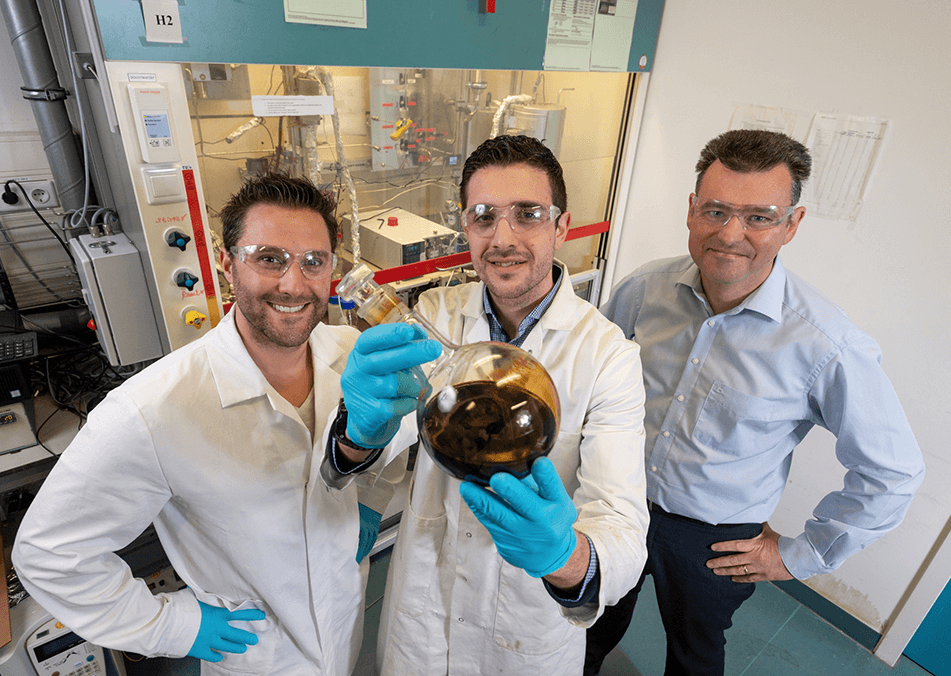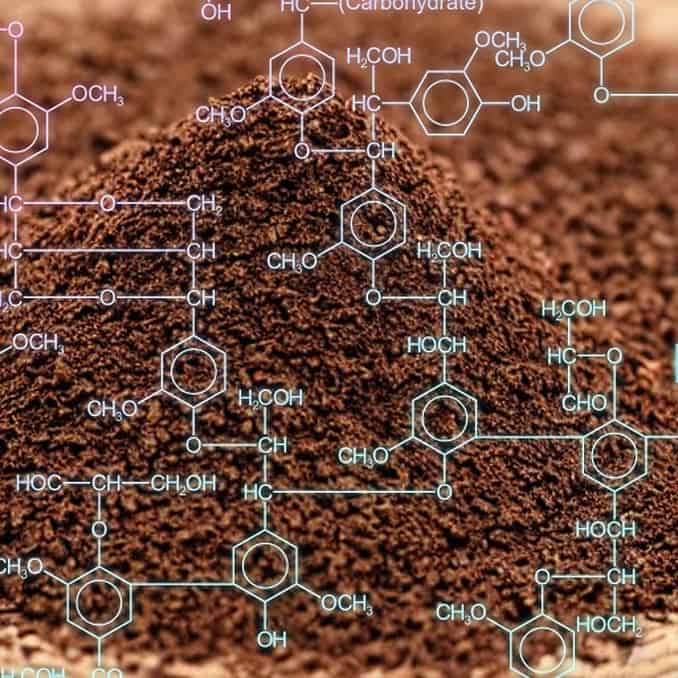
Lignin, the world’s second most abundant biopolymer, has immense untapped potential, with only 2% of the 50 million tons extracted annually being used. This complex biopolymer is a key component of plants and a renewable source of aromatic monomers. As research and development expand in this field, lignin’s potential applications are increasingly diverse, including uses as fuel, chemical base, and construction materials. As extraction and biorefinery processes advance, lignin could become vital to a sustainable future.
Current and future applications of lignin
Lignin is gaining attention for its high carbon content, low cost, and bio-renewability, making it a prime candidate for various applications. Traditional uses of lignin include serving as a low-cost fuel for power and heat generation in pulp and paper factories. New potential applications of lignin are being explored, such as a sustainable alternative to carbon black and silica in rubber and as a carbon additive in lithium-ion batteries.

Environmental concerns, petroleum resource shortages, and the greening of the global economy are driving the demand for ‘green’ feedstock applications. Vertoro is building a pilot factory to produce lignin-based biofuels. If successful, this could significantly increase production capacity and a transition from sample quantities to continuous production, contributing to a greener and more sustainable future.
The lignin market is expected to grow as extraction technologies and biorefinery processes’ commercialization improves. Key markets and applications for lignin include aromatic compounds, plastics and polymers, hydrogels, concrete, rubber, bitumen and asphalt, biofuels, energy storage, binders, emulsifiers and dispersants, chelating agents, ceramics, automotive, fire retardants, antioxidants, lubricants, and dust control.
Lignin extraction techniques and variability
It gets a bit technical here. Important to know is that lignin is a structural part of plants and trees that cannot be used as a food source. To make it useful in other ways, a chemical process is needed. Lignin can be extracted from different sources, such as trees, crops, and plants. Extraction processes include sulfur lignin (produced by commercial chemical pulping processes) and sulfur-free lignin (produced by bioethanol production processes). The structure and composition of lignin vary depending on the extraction method, which influences its properties and potential applications.

Delignification treatments during pulp production expose wood to aqueous acid or alkali, causing fractionation by solubilizing functional groups in the lignin polymer and severing lignin-carbohydrate bonds through hydrolysis. Both delignification options encounter competitive secondary condensation reactions, creating new carbon-to-carbon bonds and modifying lignin structure. This modification affects lignin’s potential uses in structural materials, as its thermal and solubility properties are influenced by bond types and the presence of alkyl-aryl ether bonds.
Lignin-derived materials for rechargeable batteries
With the increasing demand for rechargeable batteries, lignin-derived materials are being explored for their potential uses in this field. Lignin’s unique molecular structure, low cost, and environmentally benign properties make it an attractive candidate for constructing high-performance rechargeable batteries.
Recent advances in lignin-derived materials include applications in rechargeable batteries, such as electrode materials, porous carbon, lignin carbon fibers, binders, separators, and electrolytes. The development of these materials could help meet the massive demand for rechargeable batteries while utilizing a renewable resource.
Conclusion
Lignin, a complex and abundant biopolymer, has vast untapped potential for various applications, including fuel, chemical base, and construction materials. As research continues and extraction technologies advance, lignin’s potential will continue to be unlocked, contributing to a more sustainable future. With its unique properties and potential for renewable applications, lignin could play a vital role in the global shift towards a greener economy.








